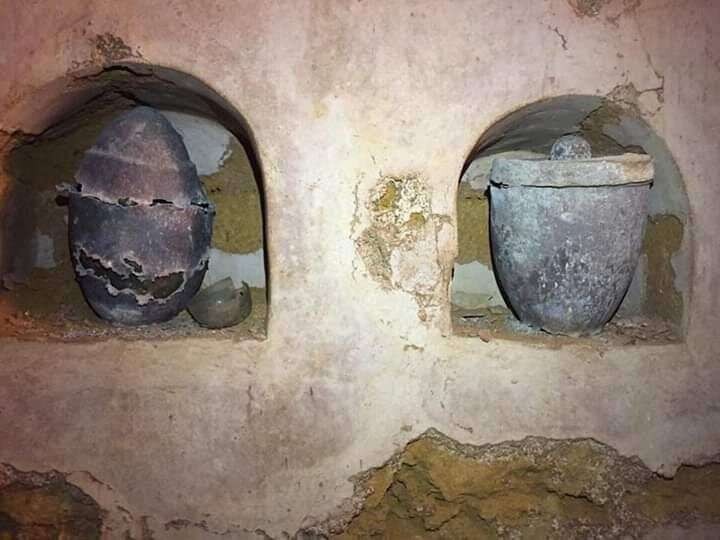Archaeologists have made an extraordinary discovery in Carmona, unveiling a Roman perfume dating back over 2,000 years.
The University of Cordoba's research team, led by Professor José Rafael Ruiz Arrebola, has successfully analyzed the composition of this ancient fragrance, shedding light on the scents of the bygone Roman Empire.

Ancient Scent in a Funerary Urn
The remarkable find was made within a funerary urn during an archaeological intervention in 2019. The urn, found in the province of Seville, belonged to a collective tomb that likely belonged to an affluent family.
Among the cinerary urns of six individuals, the team stumbled upon a glass urn containing the remains of a woman between 30 and 40 years old. Inside a preserved cloth bag within this urn, they discovered a small quartz vessel in the shape of an amphora, holding a solidified perfume.
What makes this discovery even more captivating is the vessel's exceptional condition. Quartz perfume containers were exceedingly rare and highly prized due to the difficulty in carving them and their immense value.
The fact that it remained perfectly sealed allowed for the preservation of the perfume residue inside, enabling the team to conduct their analysis.
Through the use of various instrumental techniques, such as X-ray diffraction and gas chromatography coupled with mass spectrometry, the researchers identified the materials used in the vessel.
The stopper was made of dolomite, a type of limestone, sealed with bitumen. This combination played a pivotal role in maintaining the perfume and vessel's state of preservation.
Further investigations revealed two components of the perfume: a base or binder for aroma preservation and the essence itself. Descriptions by the renowned Pliny the Elder aligned with the findings. The base was likely a vegetable oil, possibly olive oil, although this could not be conclusively confirmed.
The Essence: A Surprising Revelation
However, the essence held a surprising revelation. Chemical analyses determined that the perfume contained patchouli, an essential oil derived from the Indian plant Pogostemon cablin. The use of patchouli in Roman times was previously unknown, making this an intriguing revelation.
The vessel's monumental characteristics and the luxurious material it was made of suggest that this perfume was a highly valuable and sought-after product during its time. This significant finding opens up new avenues of exploration into Roman perfumery, particularly in relation to the use of patchouli as an essential oil.
The research team's work does not end here. They are currently conducting studies on other unique materials found in the Carmona mausoleum, including amber, fabrics, and pigments used in wall paintings. These ongoing investigations hold the promise of uncovering further insights into the ancient world and its olfactory delights.
With each discovery, we come closer to experiencing the scents that once filled the air in the illustrious Roman Empire.
The findings of the team were published in Heritage.

![Apple Watch Series 10 [GPS 42mm]](https://d.techtimes.com/en/full/453899/apple-watch-series-10-gps-42mm.jpg?w=184&h=103&f=9fb3c2ea2db928c663d1d2eadbcb3e52)



